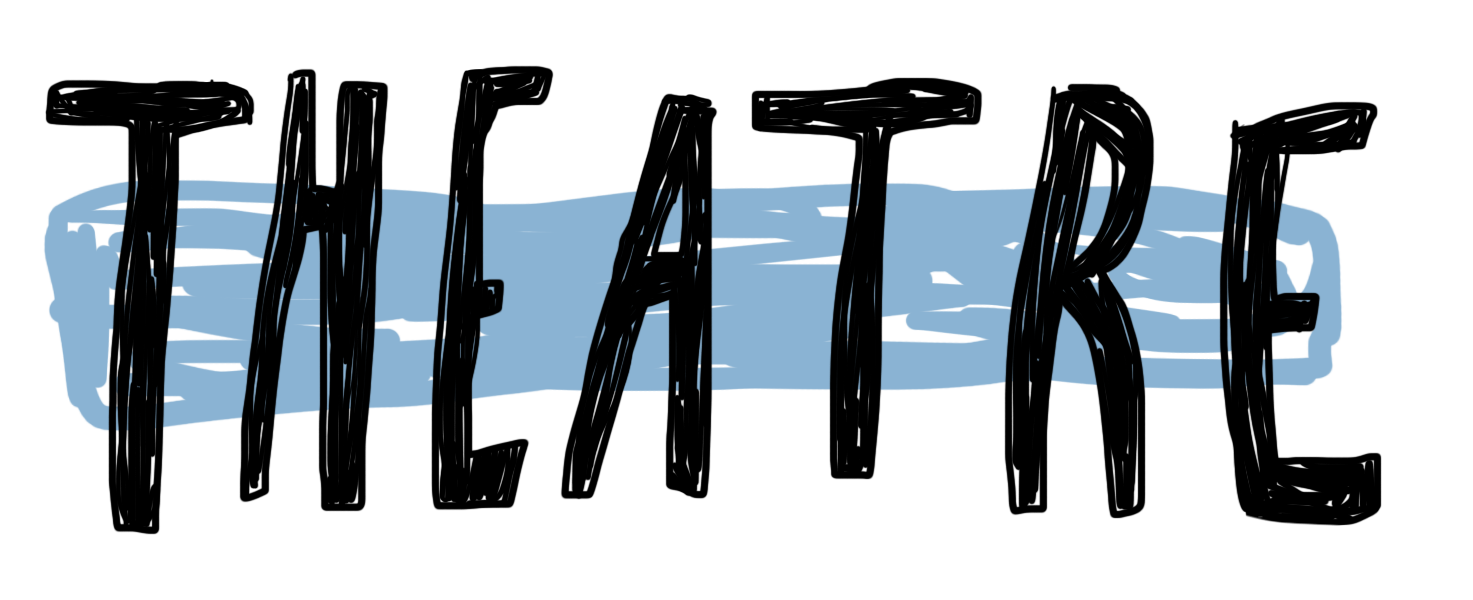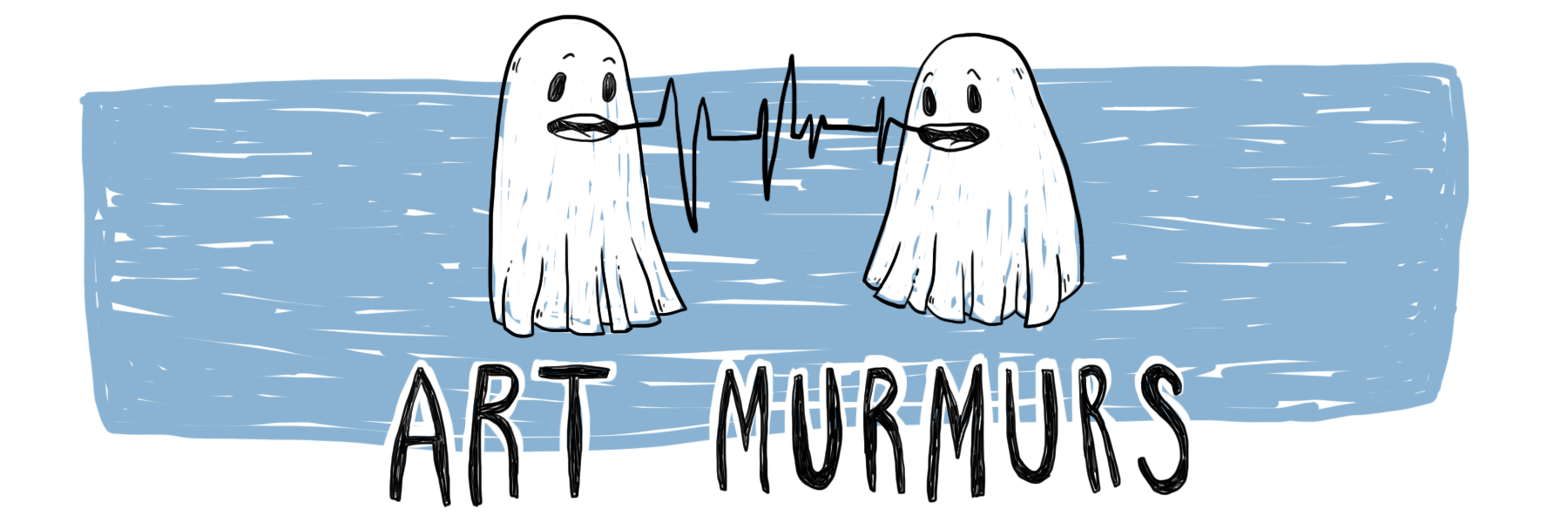Julz Burgisser
In giving voices to other people's stories, they have many emotions to explore and the manifestations of the illness to reveal. In the beginning they speak of “What is Mental Illness?” and in their answers you can hear the different opinions of the afflicted. From it being something to ignore and get better from as fast as possible, to it being a part of you and making you who you are. Initially we even hear the voices of what we assume to be the interviewed volunteers. It’s ripe with emotion and as the voices tumble over each other rising in pitch we lose the words and can only hear the fear, anger, and grief of the expression of their mental illness. As suddenly as it began, it was gone and the voices are replaced with the performers who introduce themselves one by one and bring us into their world.
The characters on stage are never named as they are everyone they interviewed, they are us, and they can easily be interchanged as they race through the next section of illness triggers, emotions and the responses. Warnings are given regarding the show and as we watch suicide and death discussed with such hope of escape and such fear of opinion, we understand why they were needed. Tears threaten but they never fall, as at the height of the emotional curve I can feel the show pull back from the brink of taking us into the true blackness of illness. A deliberate decision of a re-write I understand, however I wanted more, selfishly I wanted people to really see how bad it gets. Though it’s easy to understand that people may not want to feel that way, nobody does, that’s the curse of mental illness.
The characters move in white old gowns, reminding me of hospitals, through a set dressed in white gauzy fabric that is like the fog of illness they fight. In the centre of the stage is a bath of water, that during the show is surrounded by glass jars. The water seems to symbolise the washing away, the characters enter one by one at different points, each revealing something about themselves and their depression. As they exit the water they dress themselves in brighter clothing, perhaps showing the healing process as they piece themselves together.
This show is a journey that takes us through both questioning and explaining why those with mental illness feel that way and as the characters hug each other in their despair, I hug myself and it makes me feel both lost and found. This show gives an understanding to how lost people can be and gives you a sense of community within mental illness that makes you feel less alone. Here are people who not only understand but are trying to bring it to light, to rid mental illness of the stigmas that surround it, so that those who suffer can heal and be accepted for who they really are.
It’s hard to say if I enjoyed this show. I thought it was an important work that was a good start at bringing such a dark topic to the light. I thought that perhaps it was a younger person's perception on mental illness as I listened to the stories and I would have been interested to know the age breadth and sex split of the volunteers to see who was speaking to us. Perhaps this is something that could be included in the programme as it could add to the connection to the show and the voices we hear. I thought that as a whole the performances were heartfelt, showed a real understanding of mental illness and they fought to treat it with respect as they revealed the true nature to us.
I do think you should go see it. Everyone in the audience finds a different connection to the show, indeed talking to a friend after the show, we had completely different pressure points where we found ourselves the most affected. We disagreed with parts and found ourselves in parts and spent a large part of the rest of the night talking about it. I think that’s the point. Everyone’s experience with being unwell and with the show Well is different but let's start the conversation towards understanding.
Book here: https://bats.co.nz/whats-on/well/





